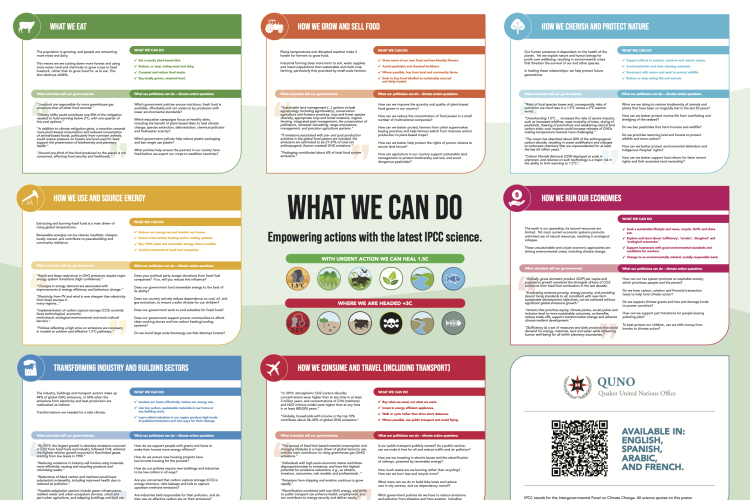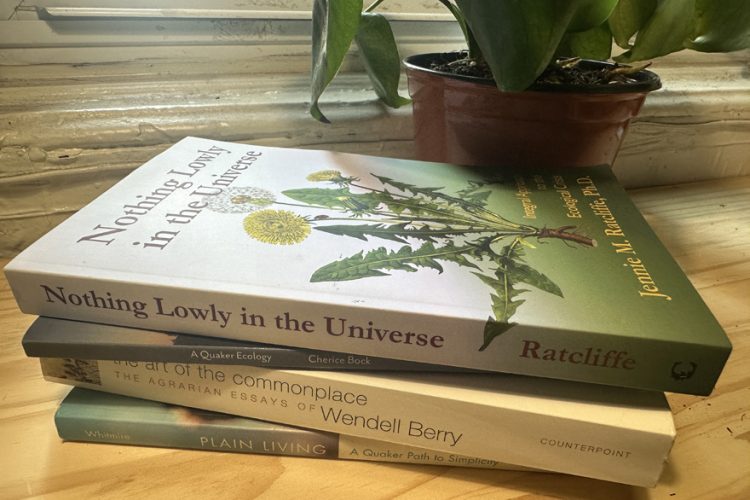Family’s Plan for Cultivating Soil, Skills, and Spirit

One beautiful morning last summer, my granddaughter Ruby and I stood side-by-side in the garden, picking first green beans and then blueberries. She had her favorite blue basket and I’d grabbed a colander, and as we picked, we talked about vegetables and things like soil, butterflies, and frogs. Suddenly she looked up and said, “You know, Nana, you really have a farm here.”
I smiled and said, “Well, sort of,” but I knew from the reverberating of my heartstrings that she had named my secret dream: A simple, gentle homestead where I live in close harmony with the land, in peaceable kinship with all that grows, appreciating and contributing to the web of blessing in which all life flourishes.
Reading Ben Hewitt’s new book, The Nourishing Homestead: One Back-to-the Land Family’s Plan for Cultivating Soil, Skills, and Spirit (Chelsea Green, 2014) made me feel like my heartstrings had been plucked yet again. This lovely, practical, story-and-philosophy-filled book makes real the dream of the wannabe homesteader: Finding the perfect spot; cultivating the land; living simply, sustainably, and with reverence for what you grow, raise, and reap.
But this isn’t just an inspiring book for armchair dreamers: It is packed with how-tos, recipes, tools, techniques, and more. Hewitt calls their homesteading practiculture because none of the current terms seem to fit exactly the way they are choosing to live and work with their land. Practiculture captures the idea of practical agriculture, with a special emphasis on the culture aspect, which Hewitt points out is “defined by our work with the land, cultivating its teeming populations of beings and bacteria. The longer I do this work, the less I feel as if we are practicing agriculture so much as we are simply practicing culture.” (p. 27)
In fact, Hewitt is highly attuned to the various cultures in his ecosystem: he writes of the soil as a “living, breathing entity” and shares how his early perceptions of piglets as “meat with feet” changed to a feeling of reverence, respect, and gratitude for the many blessings—relational as well as practical—the pigs bring to his life.
THE NOURISHING HOMESTEAD
touches on everything a new homesteader might need to know, from selecting property (including red flags that should make you run the other way) to building the infrastructure; selecting, raising, butchering, and processing animals; growing truly nourishing, nutrient-rich food; and making financial choices for sustainability. Along the way, readers get stories, recipes, delightful photos, plans and diagrams, and a huge list of every possible tool you might need for a variety of homesteading tasks.
I was particularly fascinated by Chapter 5, “Soil and Gardens,” in which the author takes us deep into the soil and introduces us to the 500 million bacterial organisms that help provide the living basis of our thriving ecosystem. I was inspired by the idea that everything we are, do, or have in some way connects back to the soil that supports us. I’m also taking away the seed of the following idea, about the healthiness and hardiness of our gardens, as a spiritual concept I want to sit with in the remaining silence of this winter:
“The role of insects and diseases in nature is to attack organisms that aren’t fit for reproduction. Pests and disease are not the cause of crop failure, but rather symptoms of an already failing crop. With their simple digestive systems, larval forms of insects can digest only simple carbohydrates. If your plant cells comprise complex carbohydrates and complete proteins—as they do in healthy plants—they become inedible to these pests. Put simple, it’s not food to them anymore.” (p. 107)
That idea makes me wonder not only about the healthiness and hardiness of our plants but also our bodies and our souls. I think this seed will be nutrient-rich fodder for reflection.
Early in the book, Hewitt describes a period of income-related vulnerability that threw him for a loop. It was in late 2008 and 2009, when the U.S. economy was in a serious spiral. He writes that he began to see the world as “a cold and stingy place” and the more uncertain he felt, the more he projected those characteristics onto the world he experienced. Much later, he discovered that his view of the world had changed to warm and abundant. In Chapter 9, where he writes candidly about money and homesteading, he shares how easy it now is to live as though abundance is the rule: “…time and time again, we are stunned to realize just how generous the land truly is. How generous our animals are.” (p. 300)
Whether you are interested in sustainability, nutrient-dense gardening, practiculture homesteading, or wondering how you might live closer to the cycles of the land and in tune with spirit, The Nourishing Homestead offers a vision of living in alignment with your beliefs and priorities. As Hewitt says, “In many ways, our homestead has allowed us to write the rules for our own economy, one in which we can afford to revere the things we hold sacred and refuse to allow our fear to become someone else’s profit. Sometimes I think this is reason enough to live this way.” (p. 300) Friend or not, this writer speaks my mind.


